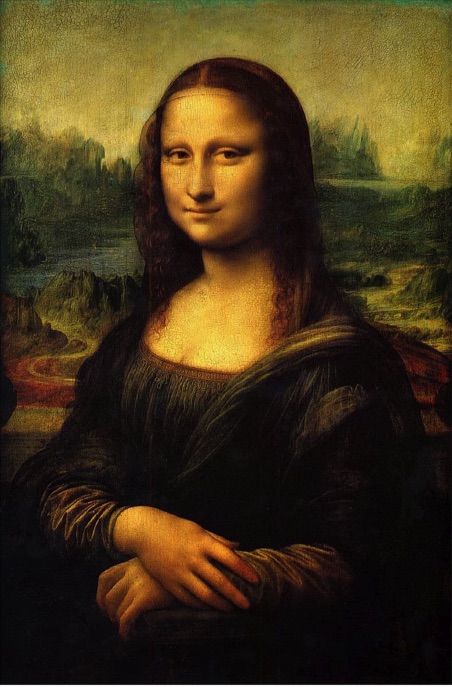'Mona Lisa' Is Smiling, Really

Despite the intangible sadness that imbues the face of "Mona Lisa," she is unquestionably smiling, a new small study suggests.
Researchers showed 12 people the original portrait of "Mona Lisa," as well as eight additional versions that had digital tweaks showing her mouth either more upturned or downturned.
The original and all of the "positive" Mona Lisa images were perceived as "happy" almost 100 percent of the time, the researchers found. [In Photos: Leonardo Da Vinci's 'Mona Lisa']
The portrait of "Mona Lisa," painted by Leonardo da Vinci sometime between 1503 and 1507, is famous for its "emotional ambiguity," according to the English essayist Walter Pater. "Mona Lisa" first reveals a "promise of an unbounded tenderness," but that expression can change to a "sinister menace" when the viewer's eyes linger on her, Pater said.
Likewise, the English art historian Ernst Gombrich wrote that "sometimes she seems to mock at us, and then again we seem to catch something like sadness in her smile."
To get to the bottom of the "Mona Lisa" mystery, the study researchers asked participants whether they thought she was happy or sad, and to rate the confidence of their answers.
"We were very surprised to find out that the original 'Mona Lisa' is almost always seen as being happy," study senior researcher Jürgen Kornmeier, a scientist at the Institute for Frontier Areas of Psychology and Mental Health in Freiburg, Germany, said in a statement. "That calls the common opinion among art historians into question."
Get the world’s most fascinating discoveries delivered straight to your inbox.
In the first of two experiments — in which participants saw the original "Mona Lisa" and the eight additional versions in random order — the individuals rated the happy faces faster and more accurately than the sad faces, the researchers found.
"It appears as if our brain is biased to positive facial expressions," the study's lead researcher, Emanuela Liaci, said in the statement. Liaci is a scientist at the Institute for Frontier Areas of Psychology and Mental Health.
However, the researchers still had questions about the "sad" Mona Lisa images. So, they took the original version and the saddest version, and made seven intermediates. Then, they asked the participants to rate the images.
Surprisingly, when the range of images was sadder, people also tended to perceive the images as "sad," with the exception of the original painting, they said.
"The data show that our perception, for instance, of whether something is sad or happy, is not absolute but adapts to the environment with astonishing speed," Kornmeier said.
The researchers plan to continue their research into perception by comparing the perceptual reactions of the general public with people who have autism or psychological disorders, they said.
"Our senses have only access to a limited part of the information from our environment, for instance, because an object is partially hidden or poorly illuminated," Kornmeier said. "The brain then needs to use this restricted and often ambiguous sensory information to construct an image of the world that comes as close to reality as possible."
The study was published online Friday (March 10) in the journal Scientific Reports.
Original article on Live Science.

Laura is the managing editor at Live Science. She also runs the archaeology section and the Life's Little Mysteries series. Her work has appeared in The New York Times, Scholastic, Popular Science and Spectrum, a site on autism research. She has won multiple awards from the Society of Professional Journalists and the Washington Newspaper Publishers Association for her reporting at a weekly newspaper near Seattle. Laura holds a bachelor's degree in English literature and psychology from Washington University in St. Louis and a master's degree in science writing from NYU.



